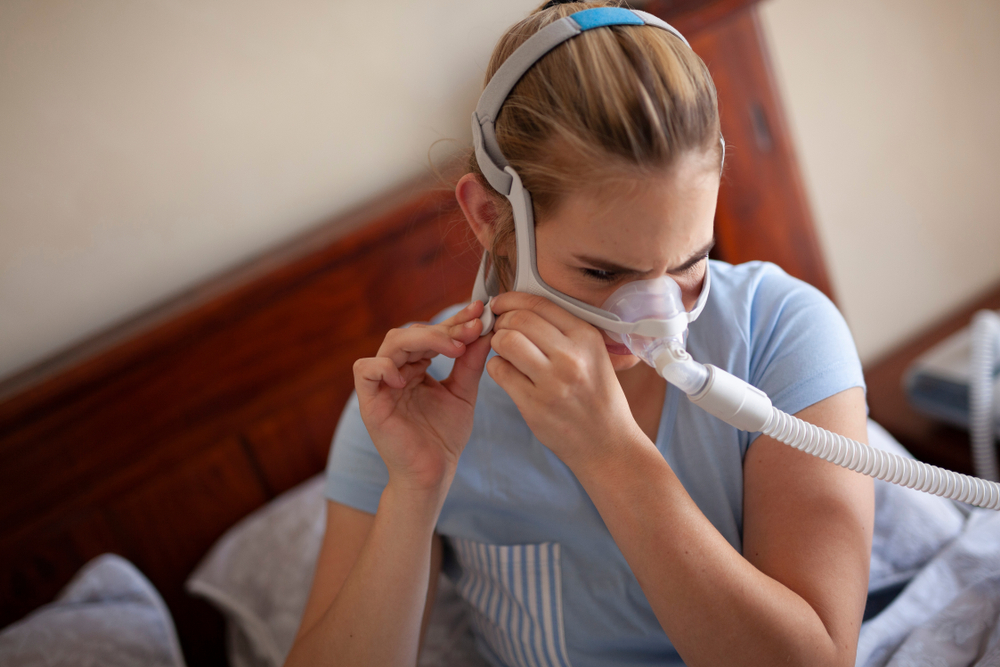Tips For CPAP Comfort
Choose the Right Mask
Finding a mask that fits your facial shape and breathing habits can dramatically improve comfort and compliance.
Mask styles to consider:
- Nasal masks – Cover the nose and are ideal for active sleepers.
Nasal pillows – Minimal contact, perfect for those who feel claustrophobic.
- Full-face masks – Cover nose and mouth for mouth breathers or those with nasal blockages.
Tips:
- Try on several styles before committing.
- Adjust straps so the mask is snug, but not pressing into the skin.
Use mask liners to reduce friction.
Adjust Pressure Settings
CPAP pressure that feels too high or too low can cause discomfort. Dr. Doneskey can make fine adjustments to match your breathing needs.
Consider:
- Ramp feature – Starts with lower pressure and gradually increases.
- BiPAP machine – Provides different pressures for inhaling and exhaling.
- Auto-adjusting CPAP – Changes pressure automatically throughout the night.
Improve Mask Comfort
Even the right mask can feel awkward at first.
Strategies to increase comfort:
- Soften edges with CPAP mask pads.
- Switch to a lightweight frame.
- Adjust headgear during different sleeping positions.
Optimize Your Sleeping Position
How you sleep can make CPAP use more comfortable.
- Side sleeping can reduce airway collapse.
- Elevating your head slightly may improve breathing.
- CPAP pillows with cut-outs reduce mask displacement.
Maintain Good Sleep Hygiene
A comfortable CPAP experience also depends on your bedtime routine.
Before bed:
- Keep the bedroom cool and quiet.
- Avoid caffeine or heavy meals before sleep.
- Take a few minutes to relax with breathing exercises.
Stay Consistent with Equipment Maintenance
Proper care keeps your CPAP functioning smoothly and comfortably.
Maintenance checklist:
- Clean mask and tubing daily with mild soap.
Replace filters regularly.
- Inspect headgear and cushions for wear.
Address Psychological Comfort
Some patients find CPAP use stressful at first.
- Practice wearing the mask while awake to adjust gradually.
- Try short naps with CPAP to build tolerance.
- Seek support from Dr. Doneskey or patient groups.
Travel Comfortably with CPAP
Travel doesn’t have to disrupt your therapy.
- Use a travel CPAP model for portability.
- Keep a duplicate set of supplies in your travel bag.
- Carry a physician’s letter for TSA checks.
